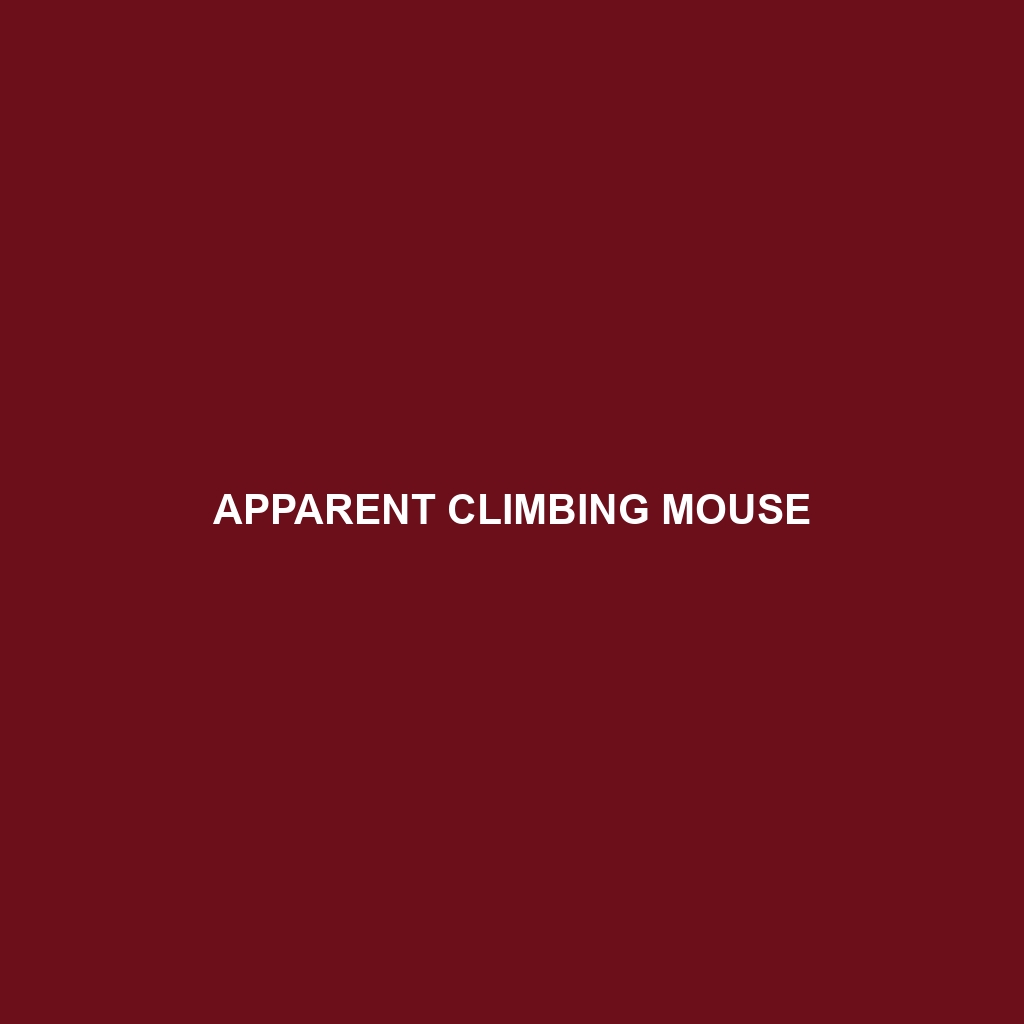West European Hedgehog
Common Name: West European Hedgehog
Scientific Name: Erinaceus europaeus
Habitat
The West European Hedgehog is primarily found across a wide range of habitats in Europe, particularly in the moist woodlands, hedgerows, grasslands, and suburban areas. It thrives in environments with ample cover and nesting spots, including shrubbery and dense vegetation, making it a common sight in gardens and parks across the UK, France, Germany, and other European countries.
Physical Characteristics
West European Hedgehogs typically measure between 24 to 30 cm (9.4 to 11.8 inches) in length. Their weight varies considerably, usually ranging from 0.5 to 1.5 kg (1.1 to 3.3 pounds). Their distinctive appearance is characterized by a spiny coat made of approximately 5,000 to 7,000 quills, which are actually modified hairs. The underbelly is soft and typically cream-colored, while the spines can vary from light brown to dark brown. Hedgehogs have a pointed snout and small eyes, with short legs adapted for foraging and digging.
Behavior
West European Hedgehogs are primarily nocturnal, meaning they are most active during the night. They are known for their characteristic curling behavior, where they roll into a tight ball when threatened, using their spines as defense. Socially, they tend to be solitary creatures, although they can occasionally be seen foraging in pairs. Their sense of smell is highly developed, assisting them in locating food during their nocturnal wanderings.
Diet
The diet of the West European Hedgehog is primarily insectivorous, incorporating a variety of insects such as beetles and caterpillars. They also consume other food sources like snails, worms, and various invertebrates. In addition to their natural diet, they may scavenge for human food scraps when they are available. This dietary flexibility allows the hedgehog to adapt to different environments, although they rely heavily on protein-rich foods to thrive.
Reproduction
Breeding season for the West European Hedgehog typically occurs from April to September. After a gestation period of about 4 to 6 weeks, females give birth to litters ranging from 2 to 7 hoglets. Notably, the young are born blind and covered in soft spines, which harden over time. The mother plays an essential role in nurturing her offspring until they are capable of independent foraging.
Conservation Status
According to the International Union for Conservation of Nature (IUCN), the West European Hedgehog is currently listed as “Vulnerable.” The ongoing decline in population numbers can be attributed to habitat loss, road mortality, and the use of pesticides that reduce their natural food sources. Conservation efforts are critical to protect this species and ensure their habitat remains healthy and accessible.
Interesting Facts
– The West European Hedgehog can forage for up to 2 kilometers (1.2 miles) each night in search of food.
– They have a unique defense mechanism; they can remain curled up for hours until they feel safe to uncurl again.
– Hedgehogs are unable to produce their own vitamin C, which means they must include it in their diet from available food sources.
Role in Ecosystem
West European Hedgehogs play a significant role in their ecosystems as natural pest controllers. By feeding on a variety of insects and invertebrates, they help maintain a balanced ecosystem. Their activity contributes to soil aeration and nutrient cycling, benefiting plant health in their habitat. Furthermore, they serve as prey for larger predators, contributing to the biodiversity of their environments.
